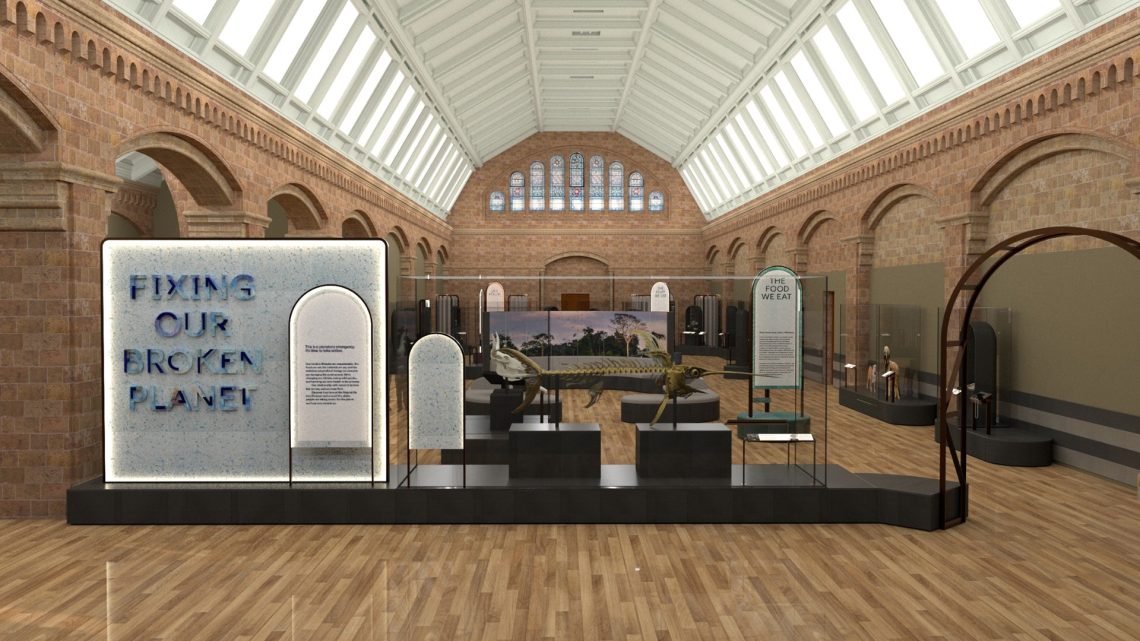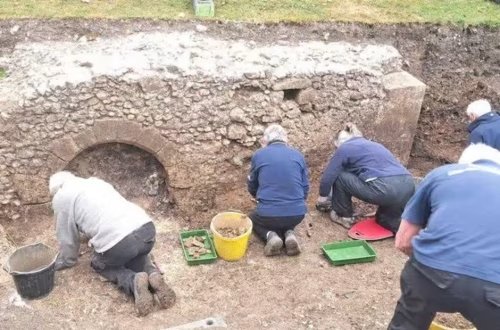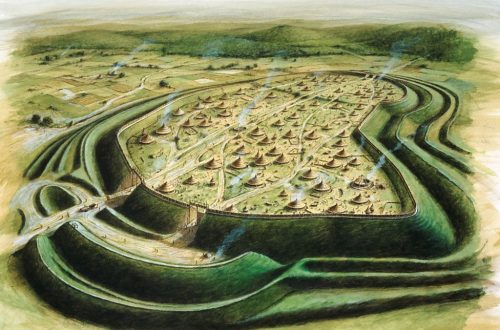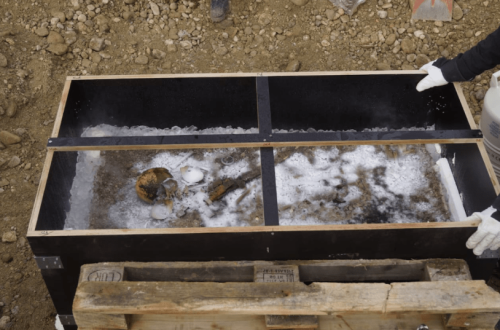
Marking a significant milestone in environmental education, the Natural History Museum (NHM) in London has opened its first new permanent gallery in nearly a decade, titled “Fixing Our Broken Planet,” on April 3, 2025. This initiative, part of the NHM150 campaign leading up to the museum’s 150th anniversary in 2031, aims to inspire a global audience to address the planetary emergency. Featuring over 250 specimens and cutting-edge research, the gallery offers practical solutions to some of the world’s most pressing environmental challenges. This article delves into the gallery’s purpose, innovative approach, and potential to foster worldwide action.

Situated in the heart of London’s South Kensington, the “Fixing Our Broken Planet” gallery is designed to transform the NHM from a repository of natural history into a proactive force for environmental change. The museum’s director, Dr. Doug Gurr, emphasised this shift, noting that the gallery aligns with NHM’s mission to create 100 million advocates for the planet by 2031. Visitors are introduced to over 250 specimens, including a Sumatran rhinoceros and parasitic worms, each illustrating humanity’s complex relationship with nature. These displays are paired with research highlighting innovative solutions, such as using fungi to fertilise crops and bacteria to extract copper from mine waste, showcasing nature-based strategies to tackle global issues like climate change and resource scarcity.
Structured around four key zones—energy, health, materials, and food—the gallery provides an immersive experience for visitors. Each zone presents scientifically backed statistics, such as that 80% of all plastic produced still exists in the environment, even reaching Mount Everest. Interactive elements, including film booths featuring conversations between scientists and environmentalists, offer diverse perspectives on UK biodiversity decline. A dedicated conversation space encourages visitors to share their views on the planetary emergency, fostering a sense of community and collective responsibility The gallery also highlights youth initiatives like “Fixing Our Broken Planet: Generation Hope,” a free youth climate program running from April 29 to May 3, 2025, aimed at empowering young changemakers.

The gallery’s development was supported by significant funding, including a £1.64 million grant from the Natural Environment Research Council (NERC) and a £1.25 million sponsorship from Wellcome over five years. Professor Louise Heathwaite, Executive Chair of NERC, stated, “The innovative new gallery will enable visitors to understand the biggest environmental challenges facing our planet and how we can address them.” This financial backing underscores the gallery’s role in bridging scientific research with public action, amplifying its impact on a global scale. The NHM’s broader goal of raising £150 million by 2031 will further revitalise its South Kensington site, ensuring its message reaches millions more annually.
With free admission for all visitors, the gallery is poised to attract a diverse, worldwide audience, building on the NHM’s record-breaking 6.3 million visitors in 2024. Alex Burch, Director of Public Programmes at NHM, highlighted the gallery’s intent: “We want visitors to leave inspired, understanding that solutions exist and that each of us has a role to play in restoring our planet.” Beyond the gallery, the NHM is launching a program of events and activities throughout 2025, including the youth climate program and exhibitions like “Space: Could Life Exist Beyond Earth?”, opening on May 16, 2025. These initiatives aim to sustain engagement and encourage actionable steps toward sustainability.
The launch of “Fixing Our Broken Planet” at the Natural History Museum represents a bold step toward global environmental advocacy. By combining scientific research, interactive storytelling, and community engagement, the gallery educates and empowers its visitors to act as stewards of the planet. As the NHM continues its NHM150 campaign, this gallery sets a precedent for how cultural institutions can lead in addressing the planetary emergency, inspiring a worldwide movement for a more sustainable future. Visitors are encouraged to explore the gallery and join the conversation on creating a healthier planet for all.






